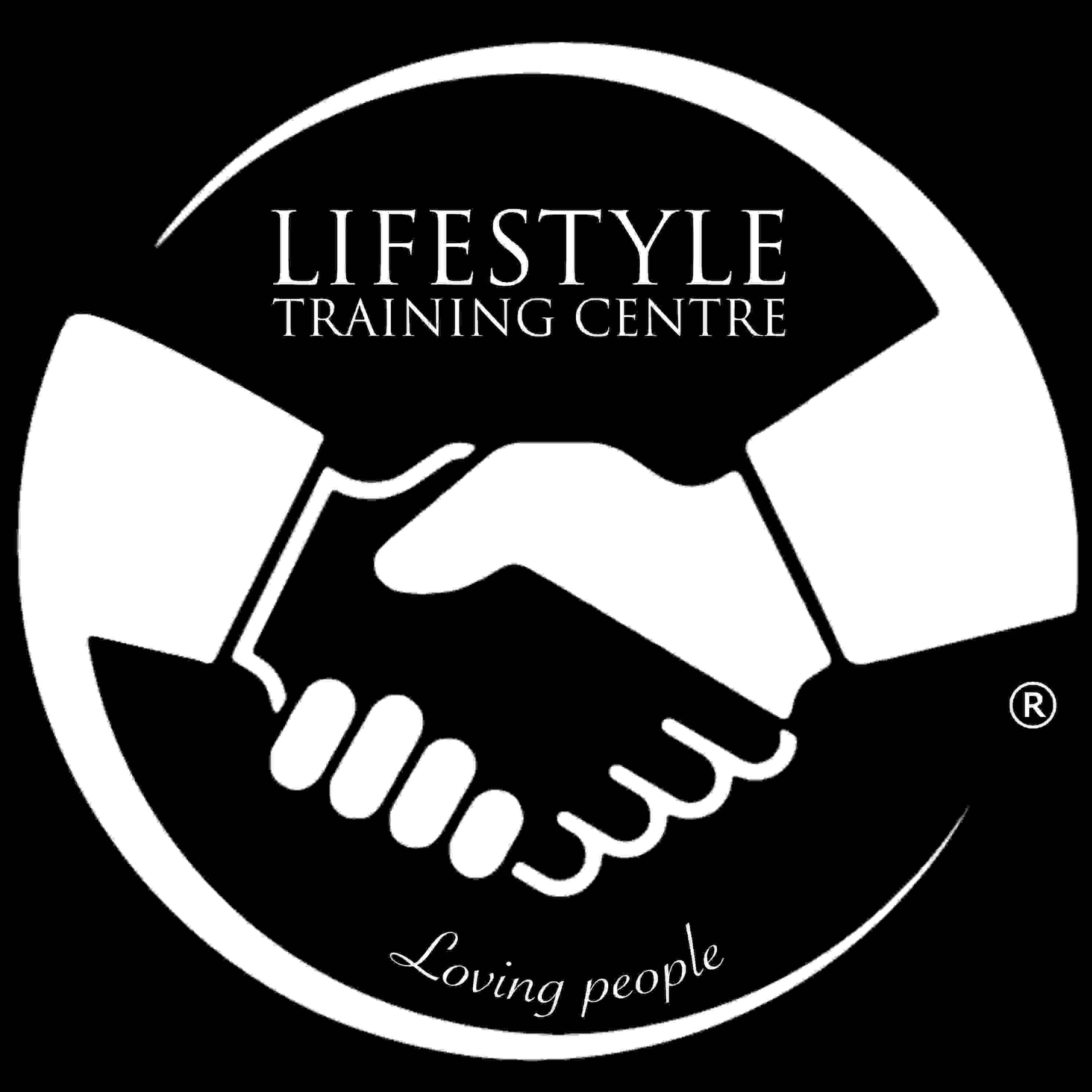Introduction
Parts of Speech are the building blocks of sentences. Each part of speech has a specific role in a sentence and helps convey meaning and structure. Understanding parts of speech is crucial for mastering grammar and improving both written and spoken communication.
1. Nouns
Definition: Nouns are words that name people, places, things, or ideas.
Types:
- Proper Nouns: Specific names of people, places, or organizations (e.g., Alice, Paris, Microsoft).
- Common Nouns: General names of people, places, or things (e.g., city, dog, book).
- Abstract Nouns: Names of ideas, qualities, or conditions (e.g., love, freedom, bravery).
- Concrete Nouns: Names of things that can be perceived by the senses (e.g., apple, car, house).
- Countable Nouns: Things that can be counted (e.g., chairs, apples).
- Uncountable Nouns: Things that cannot be counted individually (e.g., water, rice).
Examples:
- Proper Noun: Sarah is going to New York.
- Common Noun: The cat slept on the chair.
- Abstract Noun: Courage is essential for overcoming challenges.
- Concrete Noun: I bought a new book.
- Countable Noun: She has three cats.
- Uncountable Noun: I need some information.
2. Pronouns
Definition: Pronouns are words that replace nouns to avoid repetition and simplify sentences.
Types:
- Personal Pronouns: Refer to specific people or things (e.g., I, you, he, she, it, we, they).
- Possessive Pronouns: Indicate ownership (e.g., my, your, his, her, its, our, their).
- Relative Pronouns: Connect clauses and provide more information about a noun (e.g., who, whom, whose, which, that).
- Demonstrative Pronouns: Point to specific things (e.g., this, that, these, those).
- Interrogative Pronouns: Used to ask questions (e.g., who, whom, whose, which, what).
- Indefinite Pronouns: Refer to non-specific things or people (e.g., anyone, someone, everyone, nothing).
Examples:
- Personal Pronoun: She is reading a book.
- Possessive Pronoun: This is my book.
- Relative Pronoun: The person who called you is waiting.
- Demonstrative Pronoun: These are my shoes.
- Interrogative Pronoun: What is your favorite color?
- Indefinite Pronoun: Everyone enjoyed the party.
3. Verbs
Definition: Verbs express actions, events, or states of being.
Types:
- Action Verbs: Describe physical or mental actions (e.g., run, think, jump).
- Linking Verbs: Connect the subject to additional information (e.g., be, seem, become).
- Auxiliary (Helping) Verbs: Assist main verbs to form tenses (e.g., have, will, do).
- Modal Verbs: Express necessity, possibility, or ability (e.g., can, could, may, must).
Examples:
- Action Verb: She writes letters every day.
- Linking Verb: He is a teacher.
- Auxiliary Verb: They have finished their homework.
- Modal Verb: You should see a doctor.
4. Adjectives
Definition: Adjectives describe or modify nouns and pronouns, providing more detail.
Types:
- Descriptive Adjectives: Describe qualities (e.g., tall, beautiful, green).
- Quantitative Adjectives: Indicate quantity (e.g., few, many, several).
- Demonstrative Adjectives: Point to specific nouns (e.g., this, that, these, those).
- Possessive Adjectives: Show ownership (e.g., my, your, his, her).
Examples:
- Descriptive Adjective: The blue sky is clear.
- Quantitative Adjective: She has three pets.
- Demonstrative Adjective: This book is interesting.
- Possessive Adjective: My house is large.
5. Adverbs
Definition: Adverbs modify verbs, adjectives, or other adverbs, providing more information about how, when, where, or to what extent.
Types:
- Adverbs of Manner: Describe how an action is performed (e.g., quickly, softly).
- Adverbs of Time: Indicate when an action occurs (e.g., now, yesterday, soon).
- Adverbs of Place: Describe where an action occurs (e.g., here, there, everywhere).
- Adverbs of Degree: Explain the intensity or degree of an adjective or adverb (e.g., very, quite, too).
Examples:
- Adverb of Manner: She sings beautifully.
- Adverb of Time: We will leave soon.
- Adverb of Place: The cat is sitting outside.
- Adverb of Degree: The movie was extremely exciting.
6. Prepositions
Definition: Prepositions show the relationship between nouns or pronouns and other words in a sentence.
Types:
- Simple Prepositions: Indicate basic relationships (e.g., in, on, at, by, for).
- Complex Prepositions: Combinations of simple prepositions (e.g., in front of, next to, due to).
Examples:
- Simple Preposition: The book is on the table.
- Complex Preposition: She is sitting in front of the computer.
7. Conjunctions
Definition: Conjunctions connect words, phrases, or clauses in a sentence.
Types:
- Coordinating Conjunctions: Connect words or clauses of equal rank (e.g., and, but, or, nor, for, so, yet).
- Subordinating Conjunctions: Connect an independent clause with a dependent clause (e.g., because, although, if, while).
- Correlative Conjunctions: Work in pairs to connect equal elements (e.g., either/or, neither/nor, both/and).
Examples:
- Coordinating Conjunction: I wanted to go for a walk, but it started raining.
- Subordinating Conjunction: I will go to the store if it stops raining.
- Correlative Conjunction: Neither the book nor the movie was interesting.
8. Interjections
Definition: Interjections are words or phrases that express strong emotions or reactions and are often set apart from the rest of the sentence.
Examples:
- Wow, that’s amazing!
- Oh no, I forgot my keys.
- Hey, wait for me!
Free admission and English Courses. കാശ് കൊടുക്കാതെ അഡ്മിഷൻ. FREE ഇഗ്ലീഷ് കോഴ്സുകൾ. ഈ ഓഫർ നേടൂ. Contact us at +91 9886926773 പ്രോസസ്സിംഗ് ആയാസകരം.

New batch is open. Join today! 🔥 Master Fluent English in Just 1 Month — Or Get 100% Refund!
🗓️ New Spoken English Batch Starts: 4th July 2025
📍 Available Online & Offline
📞 Call +91 9886926773 now to reserve your seat
🔥 ഒരുമാസത്തിനുള്ളിൽ ഇംഗ്ലീഷ് സംസാരിക്കുക – അല്ലെങ്കിൽ പണം തിരിച്ചു തരും!
🗓️ പുതിയ സ്പോക്കൺ ഇംഗ്ലീഷ് ബാച്ച് ആരംഭിക്കുന്നു: ജൂലൈ 4, 2025
📍 ഓൺലൈൻ & ഓഫ്ലൈൻ ക്ലാസുകൾ ലഭ്യമാണ്
📞 സീറ്റ് ഉറപ്പാക്കാൻ ഇപ്പോൾ +91 9886926773 വിളിക്കൂ!

Ready to study abroad or master OET, PTE, IELTS, Duolingo, Phonetics, or Spoken English?
📞 Call us now at +91 9886926773
📱 Call/WhatsApp/Text: +91 9886926773
📧 Email: mail@goltc.in
Visit us in person by following the directions on Google Maps. We look forward to welcoming you to the Lifestyle Training Centre.
Follow Lifestyle Training Centre on social media:
Thank you very much!
